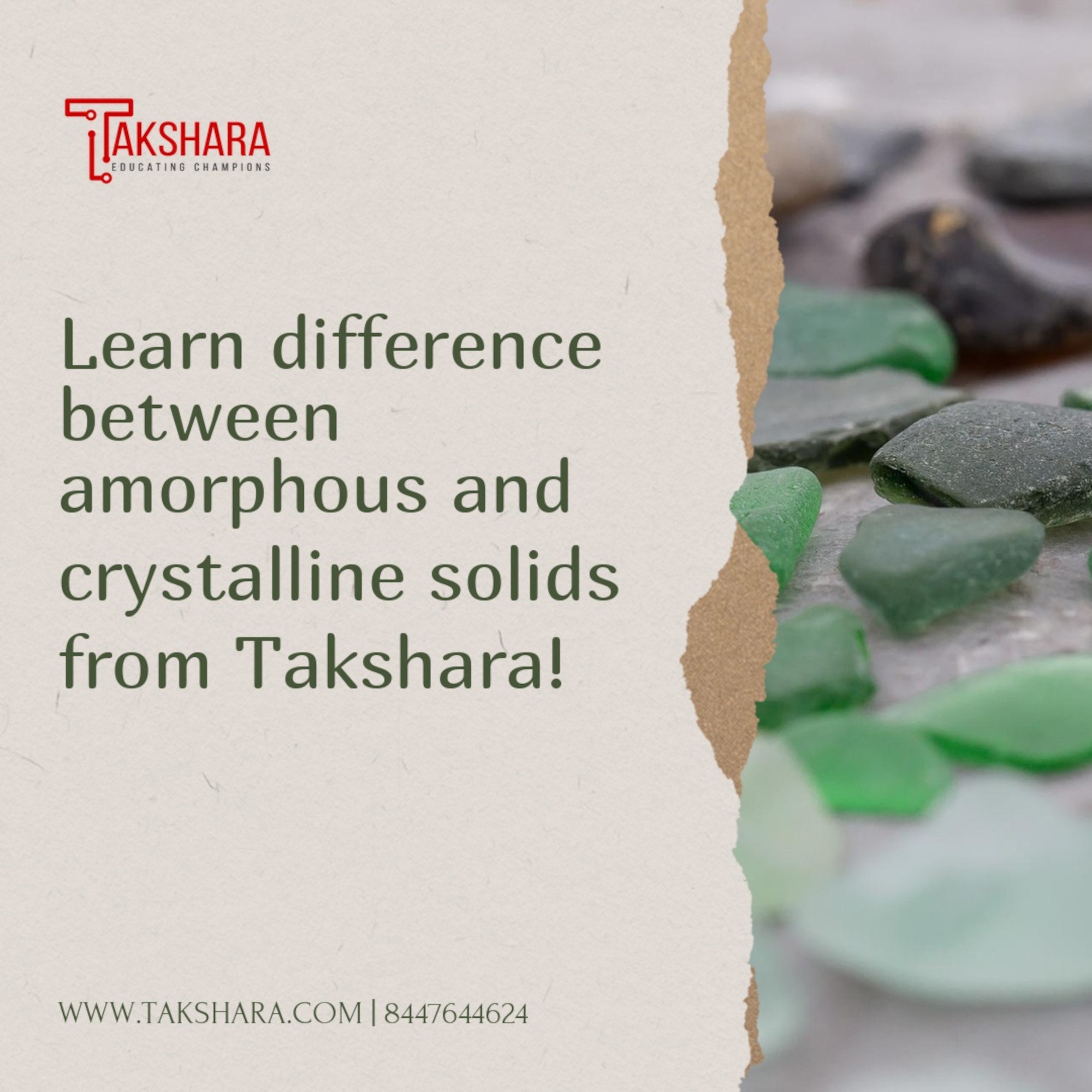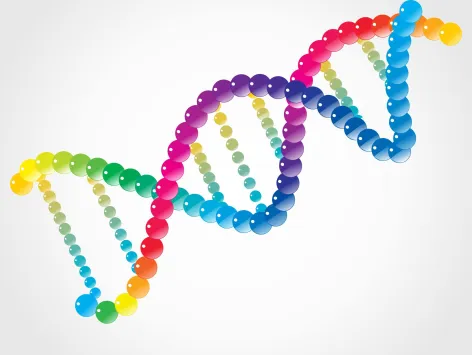
When you look at a piece of candy, it’s hard to imagine that what you’re seeing is actually a solid. Solids can be in either an amorphous or crystalline state, and the difference between the two can be confusing. An amorphous solid is made up of particles that are randomly arranged, while a crystalline solid is made up of particles that are arranged in a specific pattern.
Amorphous solids are generally less dense than crystalline solids, and they usually have lower melting points. Amorphous solids are often found in foods, while crystalline solids are more common in rocks and other minerals.
The physical and chemical properties of solids are determined by the arrangement of their atoms.. Crystalline solids have a well-defined atomic structure, while amorphous solids do not. The difference between amorphous and crystalline solids is most easily seen when comparing their physical properties.
Crystalline solids are hard and brittle, while amorphous solids are soft and malleable. Crystalline solids tend to be transparent or translucent, while amorphous solids are usually opaque. Crystalline solids have a regular atomic structure, which gives them a high melting point and makes them good conductors of electricity. Amorphous solids do not have a regular atomic structure, which gives them a low melting point and makes them poor conductors of electricity.
Crystalline solids are the most common type of solid. They are hard and brittle and can break if you hit them with a hammer. This is because crystalline solids have a very precise atomic structure, which makes them very strong. Amorphous solids, on the other hand, are much more flexible and can be stretched or bent without breaking. This is because their atoms are not organized in any specific way.
Difference between crystalline and amorphous solid
Crystalline solids and amorphous solids are two types of solid materials. Crystalline solids have a well-defined structure, while amorphous solids do not. The difference between crystalline and amorphous solids comes down to the way the atoms are arranged. In crystalline solids, the atoms are arranged in a repeating three-dimensional pattern, while in amorphous solids, the atoms are randomly arranged. This difference results in different physical properties for these two types of solid materials. Crystalline solids are typically harder and more brittle than amorphous solids.
The difference between crystalline and amorphous solids is that a crystalline solid has a definite geometric arrangement of atoms, while an amorphous solid does not. Crystalline solids are generally harder and more brittle than amorphous solids, because the atoms in a crystalline solid are more tightly packed. Amorphous solids are typically softer and more flexible than crystalline solids, because the atoms in an amorphous solid are more loosely packed.
Distinguish between crystalline solid and amorphous solid
In materials science, a crystalline solid is a solid material whose constituent atoms, molecules, or ions are arranged in an ordered pattern extending in all three spatial dimensions. The regularity of the lattice gives rise to a variety of macroscopic physical properties, such as crystal structure, hardness, and electron band gap. The term “crystalline” is also used to refer to the property of materials that are composed of small individual crystals that are relatively pure and defect-free.
An amorphous solid is a material that lacks the long-range order characteristic of a crystalline solid. In contrast to crystalline solids, amorphous solids lack a well-defined crystal structure. Polymers are often amorphous solids. Other examples include glass, plastic, and ceramics.
When we think of solids, usually the first thing that comes to mind is a crystal. A crystal is a solid that has an ordered, repeating internal structure. There are many different types of crystals, but they all have some common features. They are all solid, they have sharp edges and corners, and they refract light in a specific way.
Amorphous solids are not as well-defined as crystals. Their internal structure is not as orderly, and they do not refract light in a specific way. Amorphous solids are typically softer than crystals, and they tend to have a more random shape.
In conclusion, amorphous and crystalline solids are two different types of solids. Amorphous solids do not have a specific, ordered structure, while crystalline solids do. Amorphous solids are typically softer and less dense than crystalline solids. Crystalline solids are typically more brittle and have a higher density than amorphous solids. Finally, amorphous solids are typically found in nature, while crystalline solids are typically man-made.




